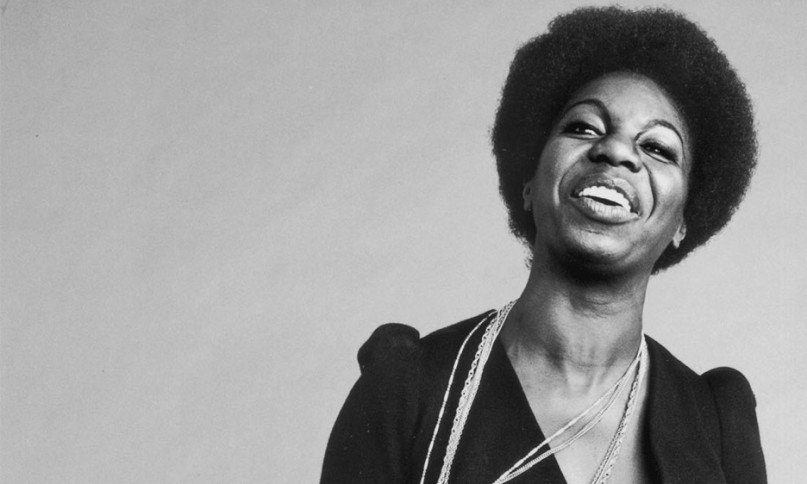Nina Simone is one of the most important figures in 20th century music. From humble origins, she found great fame in the 1960s with her mixture of original compositions and interpretations of standard tunes. Despite her fame and being one of the most gifted pianists in the history of popular music, Simone never scored a Billboard Number One hit. Sound strange? Nina’s life was just as extraordinary. In this article, we’ll discover what made the great lady tick, her important role in the Civil Rights movement, and the controversies that dogged her private life. Fasten your seatbelts.
40. She was born Eunice Kathleen Waymon, and later adopted the stage name ‘Nina Simone’

The name ‘Nina Simone‘ is a stage name. Born Eunice Kathleen Waymon, her real name did not hold the same intrigue. She began performing jazz and blues live at an Atlantic City bar around 1954. Eunice worried her deeply-religious mother would object to her daughter playing what the press called ‘the Devil’s Music’ in so dingy and sinful a setting. To prevent her from finding out, she took on a new public identity. Eunice chose ‘Nina’ because a Spanish-speaking boyfriend nicknamed her niña (‘girl’), and ‘Simone’ in homage to the French movie star, Simone Signoret.

